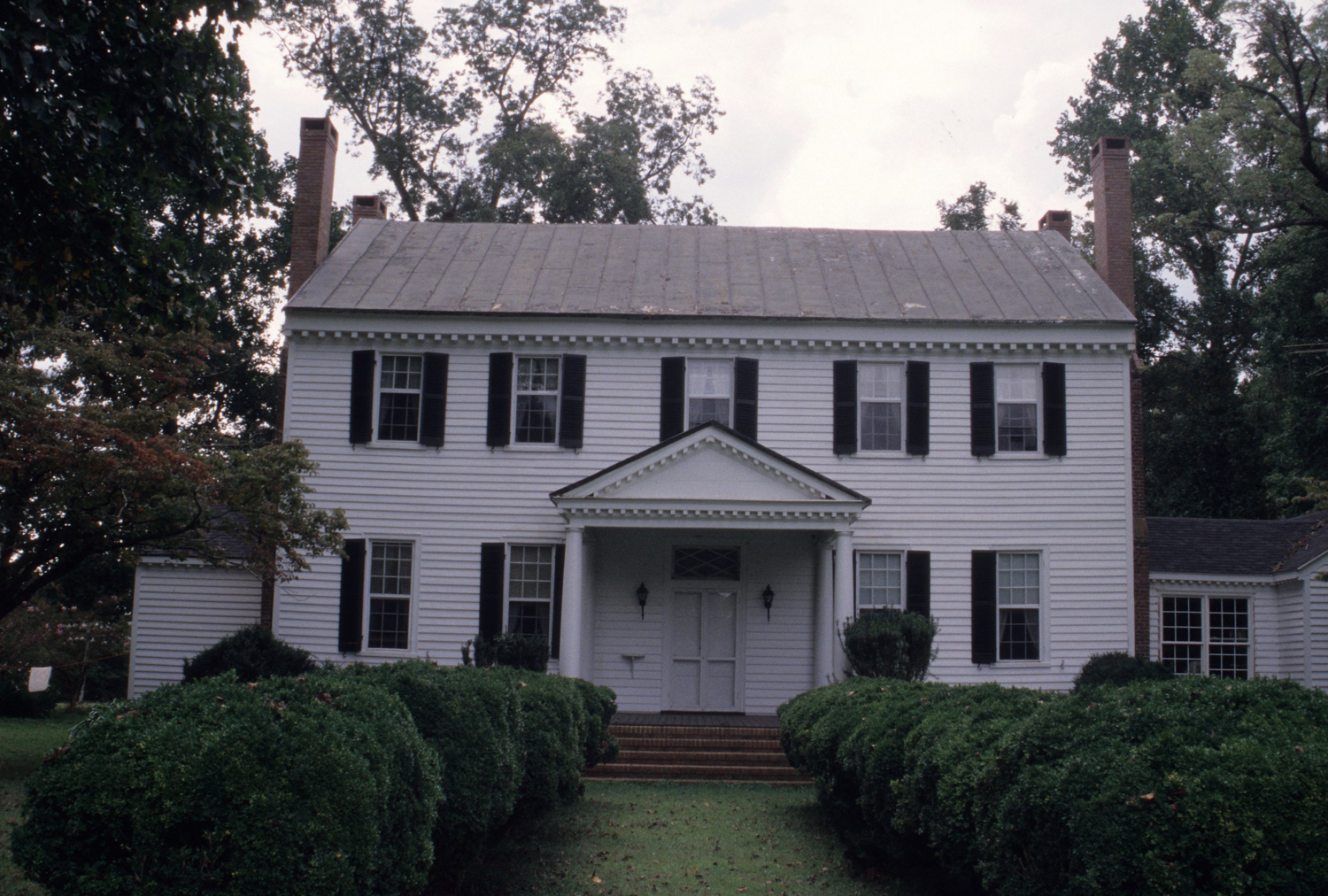George Washington Capehart
(Bertie County)
Featured Character – The Home Front

Scotch
Hall
Courtesy of
Preservation North
Carolina
and Tim Buchman
In
his 1726 will, colonial surveyor general
William Maule called his home overlooking Albemarle
Sound,
“Scots Hall.” In
1811, successful
planter Cullen Capehart bought the property, by then known as “Scotch
Hall.” In 1838 his
son, George
Washington Capehart, started building the present manor house. Taken together, father and
son, operated the
largest plantation in Bertie County. By 1860, they maintained
9,200 acres of land,
owned two-hundred and ninety-seven slaves, and had a personal income
listed at
over $100,000.
George
Washington Capehart inherited his family’s land in what
is now Washington County and in 1838 built Scots Hall, sometimes
referred to as Scotch Hall. In 1849, he and his wife, Susan Brian Martin, hired
George Thigby Throop to tutor their children. Throop later wrote the
novel Bertie (1851), providing a glimpse into the
lives of Scotch
Hall’s inhabitants during the mid-nineteenth century.
After
the bombardment of Fort Sumter,
George Washington Capehart’s son, William Rhodes Capehart, joined a
local
artillery unit. After
Union forces
captured a majority of eastern North Carolina
in 1862, the rest of the family evacuated
west. George
Washington Capehart left
Scotch Hall in the hands of his overseer, James A. Smith. The
Smiths were able to keep the Union
troops at bay, though they witnessed the Battle of Batchelor’s Bay
while living at the residence. After the war, Capehart and his wife
celebrated their golden wedding anniversary in 1883 when their son
wrote the family names on a pane of glass of the house which can still
be seen today. Scotch Hall has remained in the Capehart family.
.
